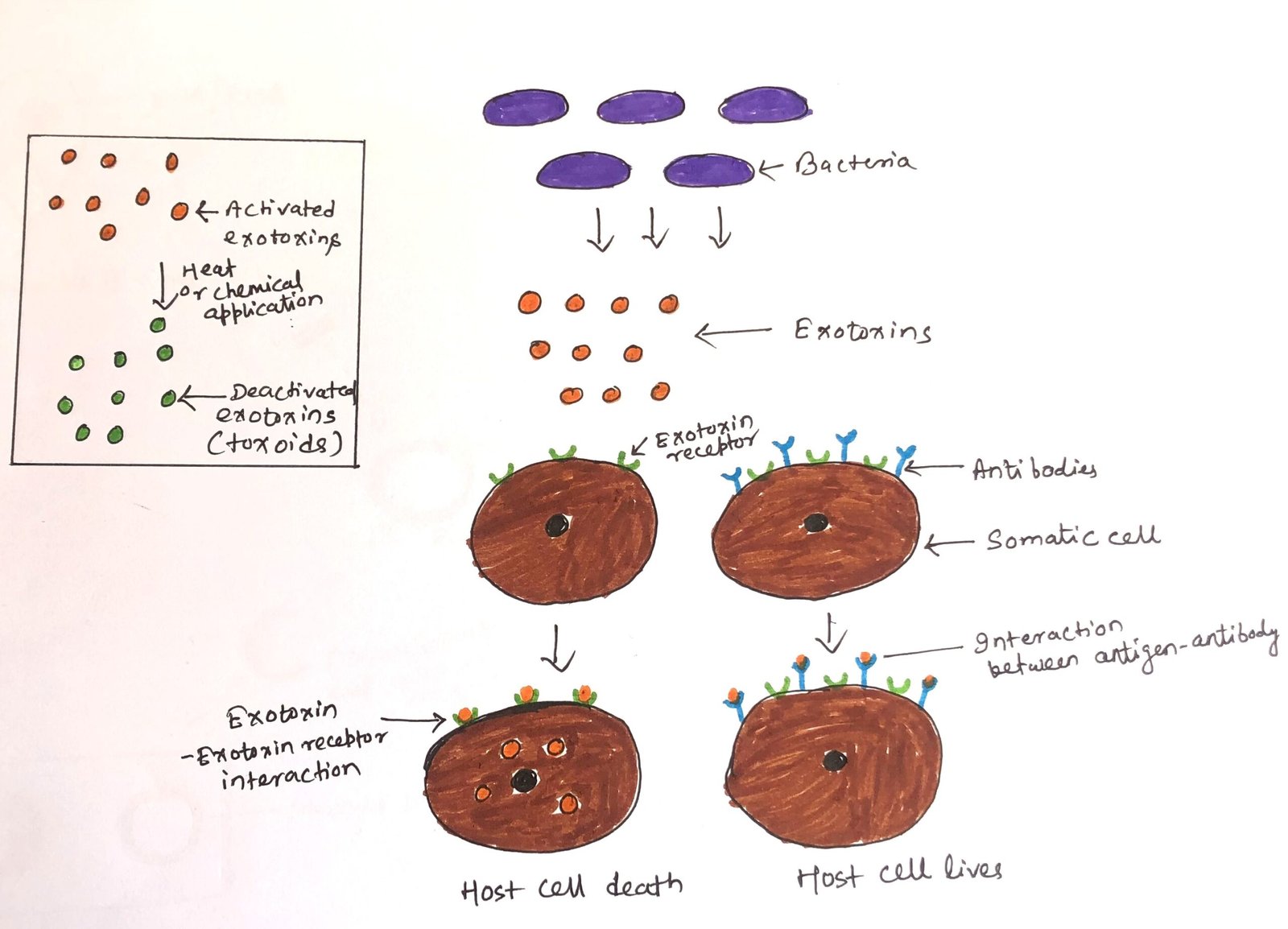Recombinant vector vaccines retain many advantages of live attenuated vaccines
In this article, I briefly describe the recombinant vector vaccines and their advantages over live attenuated vaccines. Live attenuated vaccines Attenuation is a process, where microorganisms lose their ability to cause a significant disease. In other words, attenuation takes away the pathogenicity of microorganisms. Attenuation can be achieved when a pathogenic virus or bacterium is … Read more >>



